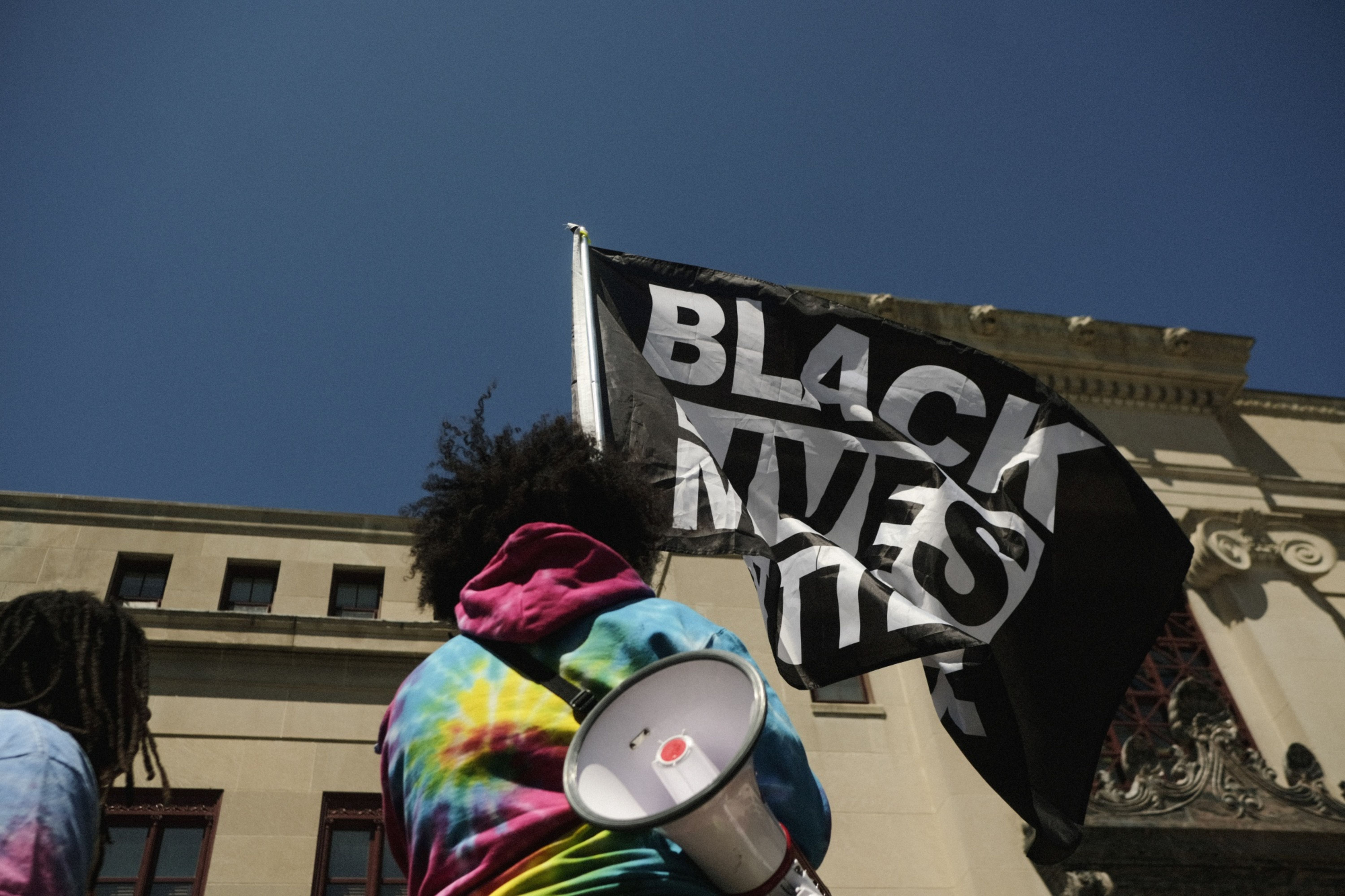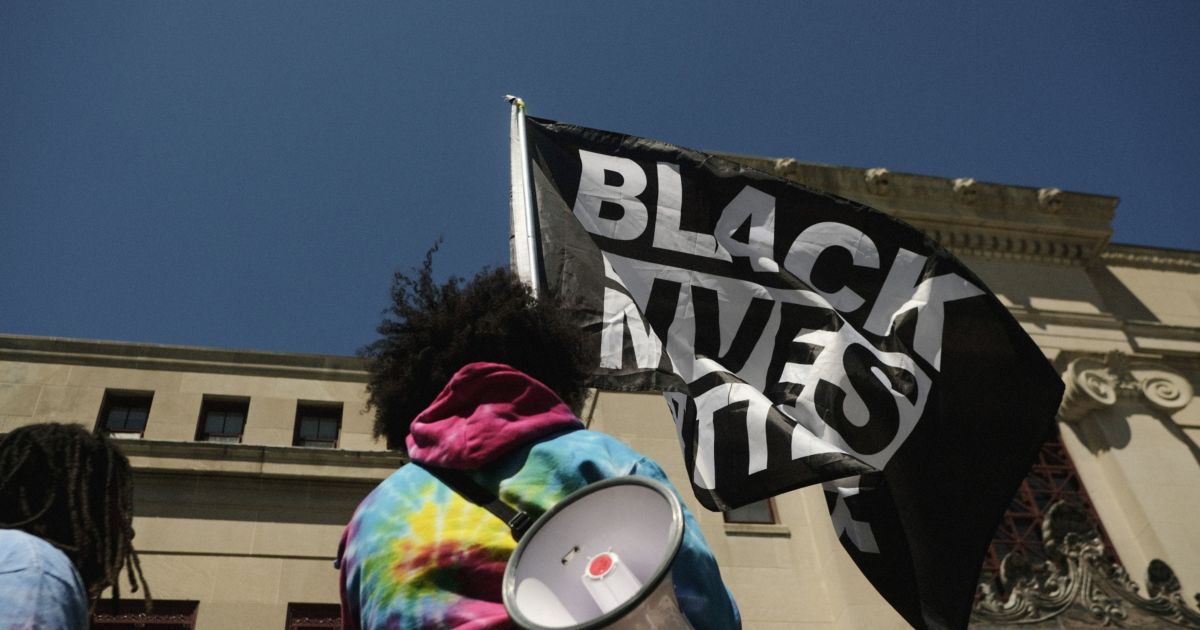

As we approach the anniversary of George Floyd’s death, investor interest in racial justice investing initiatives is surging.
It makes sense, then, that racial justice investing — a form of socially responsible investing aimed at promoting racial justice, inclusion and diversity — is a growing asset class, one that RIAs and family offices will continue to invest in as part of a values-based investment philosophy.
For advisors, this moment has revealed an urgent need for rigorous frameworks that enable the comparison of companies’ performance against racial justice indicators. Obtaining good data, however, is a complex process because racial inequities are also manifested in the asset management industry and implicit bias impacts the investment decision-making and capital allocation processes.
In venture capital, for instance, only 6% of investment partners are black or Latino and 1% of VC-backed startups have a black founder. A Stanford research study found evidence of racial bias in the investment decisions of asset allocators in that they have trouble assessing the competence of racially diverse teams. Such biases impact how investors evaluate fund managers, compounding the lack of capital flowing to minority investors.
Racial justice investing funds can also seek to exclude companies that exacerbate racial injustice. A striking example occurred in 2016 when Toyota’s financing arm agreed to a $20 million-plus settlement to resolve allegations by federal regulators that Black and Asian borrowers paid more for auto loans than whites. Between 2004 and 2008, underprivileged minorities with comparable credit scores were more than three times likely than white borrowers to receive subprime mortgages between and were more than 75% more likely to have negative equity in 2010 (up from similar likelihood of negative equity in 2005), according to a paper by Ryan Cooper and Matt Bruenig, Foreclosed: Destruction of Black Wealth During the Obama Presidency. In addition, guns and private prisons disproportionately harm underprivileged minorities. Accordingly, investors may opt to exclude financial institutions with predatory lending practices, a subset of the prison industrial complex, or gun manufacturers from their portfolios.
Given these inequities, what is the most effective way to break down the impact corporations can have with respect to racial justice, and how does one quantify companies’ actions across indicators that are relevant, rigorous and meaningful to diverse stakeholders’ racial justice priorities? Fortunately, existing approaches provide a foundation for comparability. Black-owned investment firm Robasciotti & Philipson, for instance, has published a racial justice screen for publicly traded companies that excludes prison involvement, money bail involvement, immigrant detention, surveillance, for-profit colleges, and occupied territories.
The NAACP has been scoring companies for at least 25 years based on factors such as C-suite hiring, supplier diversity and community engagement. In 2018, The civil rights organization created its own fund as an ETF (NACP), which today has net assets of over $28 million.
My colleagues and I are increasingly hearing from clients that they want such racial justice investment options. “We are committed to providing support — funding and more — to activists, networks, organizations, and movements working towards gender and racial justice for all,” says Latanya Frett, CEO of the Global Fund for Women. “[It’s] an opportunity to do my part in forging systematic, sustainable change and shift resources and power to the Black, indigenous, and other communities who have long fought against violence, and who know their community needs.”
New approaches to racial justice investing are emerging as well that offer additional rigor and nuance. For instance, asset manager and investing platform OpenInvest’s Racial Justice Cause integrates frameworks like the NAACP’s, screens for metrics like board member inclusivity, and flags companies with records of diversity-related controversies and, leveraging location-based investing, companies that pollute most in communities of color.
Clients, RIA’s and financial advisors alike want to see senior management work harder to promote corporate board diversity; more importantly, clients want to see this reflected in their investment portfolios. Advocates, allies and strategic centers of influence collectively want to unequivocally support the notion that diversity on corporate boards can drive outperformance. The Carlyle Group found that within its portfolio, each diverse board member is associated with a 5% increase in annualized earnings growth. As a result, investors can also encourage companies in their portfolios to administer anti-racist training; heighten the focus on diversity in recruiting and retention; and develop and implement pay equity, living wage, and supplier diversity policies.
To illustrate, Harvard Business Review research suggests that mandating at least two minorities or women in the pool of finalists is critical; a PolicyLink study found that closing the racial gaps in income could boost the U.S. GDP by 14%. Harvard Business School lecturer Mark Kramer goes further to suggest that companies eliminate the box on job application forms for felony conviction, which disproportionately excludes people of color. (Some jurisdictions already mandate this.)
As the industry grapples with the complexities of systemic discrimination and bias in the world’s largest and most influential companies, the path forward lies in a flexible approach to making sense of corporate disclosures across an evolving set of racial justice actions and indicators.
— Additional reporting by Yaser Faheem and Jeeho Bae.
Leave a Reply